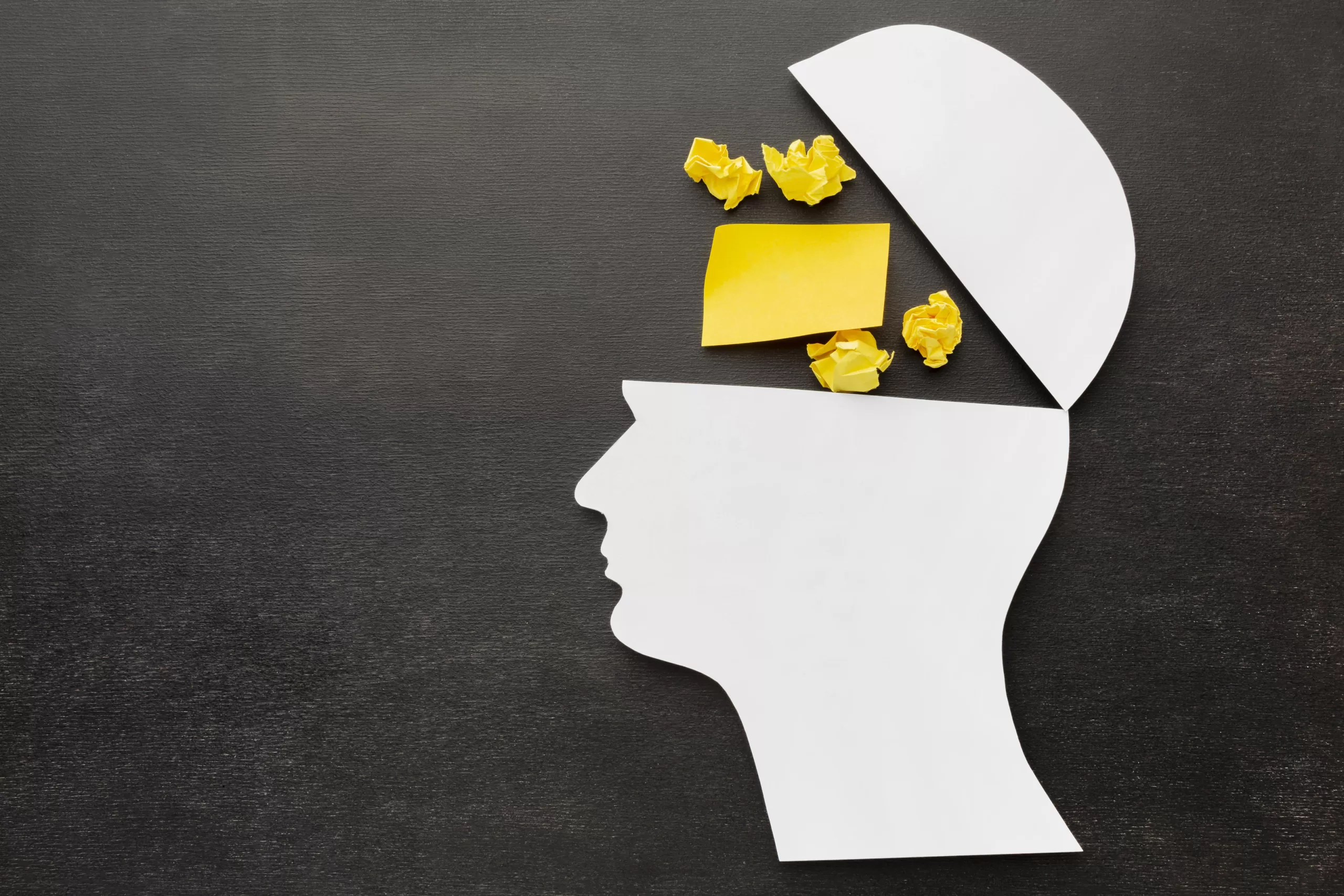What are Soft Skills?
Is still a common question raised by many a people. Or “Why are they called ‘Soft’ Skills?” The question could be raised by those who are familiar and benefitted from a multitude of soft-skills sessions, and even by a handful of amateur Soft Skills professionals.
Hard & Soft-skills
Let’s agree one needs continuous learning and improvement to succeed as a professional, and in life. A substantial extent of education occurs in our early years to get ready for adulthood. Most of our childhood education occurs as a result of agreement to study what our governing system decides for us. This is further followed by choice of domain specific learning determined by our professional interests concerning future career options, meaning, our choice to pursue Medicine, Engineering, Accountancy, Academics, Arts, Music etc.,
If the above process illustrates how an average individual completes the academic years, he or she is expected to function at a threshold level either in a business or a working organization immediately or shortly after. Most of academic learning gained from college and university constitute information gathering and skill orientation pertaining to ‘technical abilities’ required to perform a job function.
For example:
- Tallying a Balance Sheet is a technical skill required for one to function as an Accountant
- Coding is a skill required for one to function as a Software Professional
- Designing a construction structure is a skill, a Civil Engineer exhibits to function as one
Such skills are termed, ‘Hard’ Skills, because they pertain to specific abilities required among specific professionals to do their core tasks.
Soft-skills, in the contrary are skills required by working and business professionals to function and overcome a variety of challenges eventually faced when performing.
For example:
- To draw a Construction Design on the board is a hard skill, while having to present it in the most convincing manner to stakeholders is a soft-skill
Similarly, ability to Communicate Effectively, Handle Conflicts & Negotiations, Gaining Visibility within a workspace, Self-Expression and maintaining Emotional Balance are examples of soft-skills. Unfortunately, our formal education doesn’t do enough to empower us concerning the above abilities, and therefore the need for Soft-skills Training as a part of one’s professional development.
It can be argued that soft-skills are appreciated only when one experiences the pitfalls, or disadvantages of not having developed some. Soft-skills, necessarily don’t benefit us during work alone, but also outside work and hence, are also addressed as Life-Skills too.
Top 10 Soft-skills required among Working and Business Professionals:
- Workplace Communication
- Presenting and Public Speaking
- Personal Branding and Visibility
- Work-Life Balance
- Conflict Management
- Negotiating
- Leadership
- Problem Solving & Decision Making
- Adaptability
- Interpersonal Skills
One can see that aspects like Confidence, Integrity or Patience aren’t included in the list above because, Confidence for example is a ‘trait’ and not a skill. Traits certainly need addressing as per their relevance to a specific skill. For example, Confidence is an important trait to develop someone’s Negotiation Skills.
Behavioral Skills:
This aspect needs to be addressed too. It’s common for people to use the terms ‘soft-skills’ and ‘behavioral skills’ overlappingly. The justification provided, is that skillsets, apart from technical ones required to perform a job function, are to be considered as Behavioral Skills. Even if I personally have no issue with this view, let’s understand why the term Behavioral skills.
It’s now well acknowledged that soft-skills, in fact can be hard or ‘harder’ to imbibe, compared to technical skills. When our Hard Skills help us in getting a job, it’s our Soft-Skills that help us stay and grow in our career. Our Soft-skills nurture interpersonal relationships, help us become better as friends, parents, off springs, partners, spouses and humans.
One can master Soft-skills only through regular practice, patience, dedication and determination. Soft-skills, be it Communication, Time Management or People Skills, can be learnt and built only by practicing specific behaviors relevant to specific learning objectives, either by self, or with the guidance of a trainer or a mentor.
For example
| Competency | Skill | Behaviors |
|---|---|---|
| Communication | Delivering Information/Messages Effectively at work |
|
| Problem Solving | Conducting an Analysis |
|
| People Leadership/Management | Providing a Feedback to Correct a team member’s actions |
The above is to illustrate the significance of identifying and practicing specific behaviors relevant to a learning objective. Hence, the term Behavioral Skills, because, the most effective approach to pick up the skills is to identify and practice relevant Behaviors. |
Methods and Approaches to Soft-skills learning:
Soft-skills are best picked up and practiced under the guidance of a facilitator or coach. Some of the popular means of picking up soft-skills today are:
Reading:
Many books and blogs are authored to help people pick up soft-skills. Reading can help assist in the development of soft-skills. One could either read books or even subscribe to specific courses from internet sources written in text.
Tutorials:
Video tutorials are a dependable means of picking up skills as they include demonstrations and case scenarios. Some tutorials are also run live on social media platforms allowing for learners to practice, and even raise questions to clarify as well with the presenter.
Workshops:
Physical and Online: One could sign-up for specific training workshops conducted by seasoned facilitators. Workshops make it interactive, along with scope for hands-on application of key skills. Learners can also seek feedback and clarification concerning areas for improvement from the facilitator, for enhanced understanding, guidance and further application after the session.
Coaching and Mentoring:
Coaching & Mentoring is also a great way to inculcate soft-skills. They’re commonly one to one engagements. Duration of the intervention can be decided as per a learner’s need. A learner also benefits from individual attention provided by a coach or mentor. This approach can foster better trust, camaraderie, flexibility and focus between the learner and the mentor.
Challenges to Soft-skills Training & Development:
Time:
Just like any learning that’s worth the while, Soft-skills take time to inculcate. It’s extremely important to hone a penchant for continuous learning, and personal development to master soft-skills. Most business organizations find it difficult to engage its workforce beyond two days for soft-skills development programs at a stretch. Furthermore, it’s only when organizations are willing to engage learners with a Post Training Action Plan, that results can be witnessed and measured.
Many organizations today seek the assistance of training faculties to help learners apply the skills learnt from workshopsWillingness:
It asks for a great deal of willingness to get better at soft-skills. Soft-skills can’t be Urgent, they are Important. Business organizations and professionals alike consider soft-skills, something as ‘Good to Have’, than as important. Soft-skills as compared to technical skills can be challenging in its application. Technical skills can be predictable in results while soft-skills can’t. One needs to constantly be open for improvements and change, and even be experimental in order to get better at it.
Measurement of Learning :
Hard skills, as are reasonably predictable in results when applied can be measured for effectiveness post learning, while soft-skills are difficult to measure for its effectiveness after learning.
Awareness and Analysis:
Businesses and individuals alike, when seeking to hone soft-skills are unsure of where to begin or what to train. If to benefit from it, Soft-skills training must occur to close specific gaps in capabilities or competencies needed among people to perform effectively. An acceptable degree of analyzing the gaps or need analysis must happen before deciding what to train.
Trained Facilitators and Coaches:
Even if the country has produced many a Certified Trainers across its length and breadth, it’s still hard to find soft-skills trainers who know what their job is. Authentically speaking, a trainer or a coach is one who focuses on just that, skill building.
Public Speakers, Motivational Speakers and a variety of people who simply have gained the confidence to speak before an audience today claim to be trainers and do their own thing. This is usually ineffective or even considered a waste of time by businesses and learners. It takes time to find a qualified and effective training faculty knowing the jobCustomization of a Learning Sessions:
Soft-skills are important for people working in a variety of industries and sectors. However, it can be daunting to find trainers from specific industries and backdrops. This can sometimes become challenging for a training faculty to relate with the day to day challenges a group of learners to face in their work situations.
However, this can also be seen as an advantage by some businesses. Not customizing a training, meaning not using data or examples pertaining to a specific industry audience, also can be seen as a learning experience offering an external perspective.Future of Soft-skills training:
With fast advancements in technology and science, advent of Artificial Intelligence, Soft-skills are here to stay and will gain more prominence. With the need for adaptability to fast changing working environments and demands, newer generation of people being more familiar with latest technology trends, however lacking in self-regard and interpersonal skills, may need intense interventions of skill building in such areas. Both business organizations as well as soft-skill professionals will experience the stress in rendering a workforce employable.
From among a range of skillsets already being addressed today, Mental Wellness will be a new area that will need addressing. This need will witness the influx of many qualified Mental Health professionals, joining hands with current force of soft-skills professionals, to train and coach future professionals achieve higher standards of efficacy, and counter oncoming challenges of the future.


